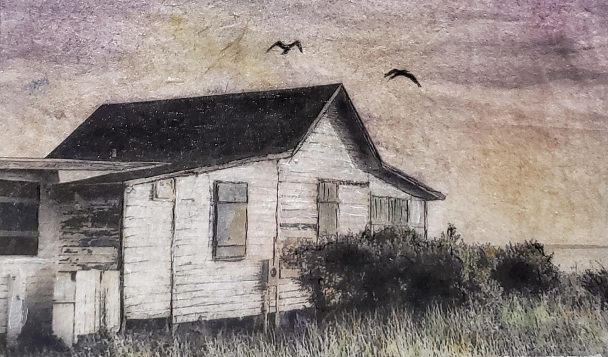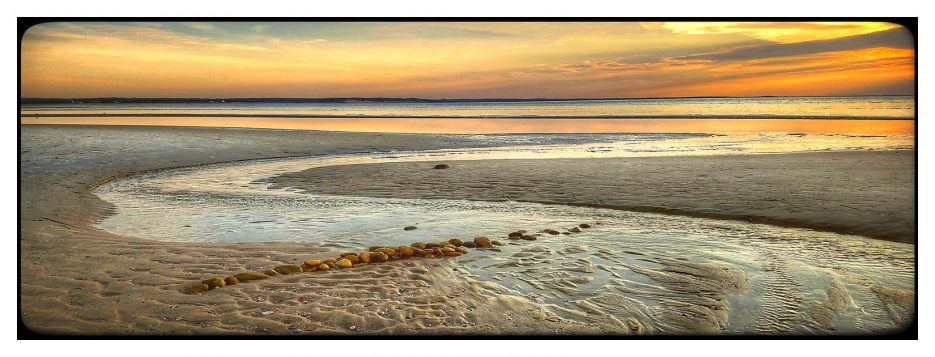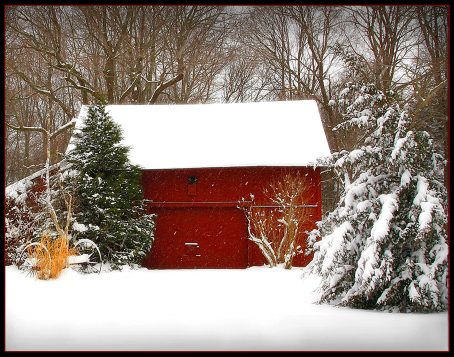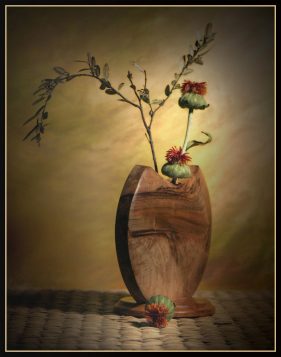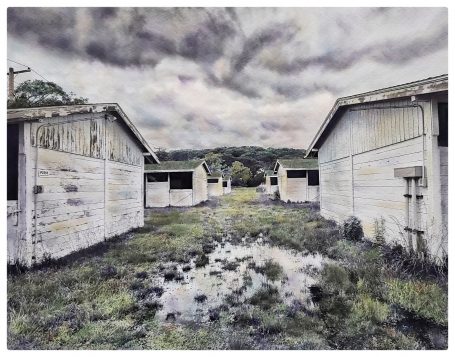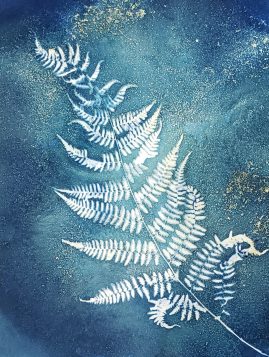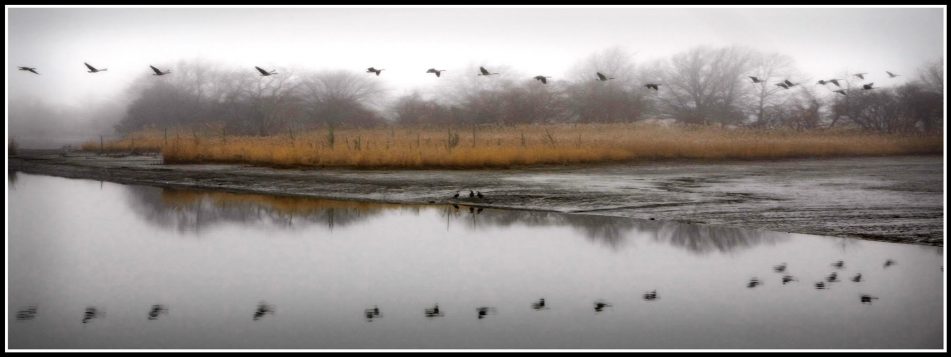Artist of the Month: Marlene Weinstein
By Irene Ruddock
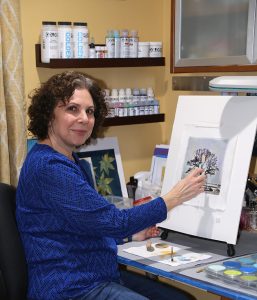
Marlene Weinstein, who “lives and creates” in Setauket, is a much sought-after photographer and mixed-media artist. She has exhibited her photo-art at many well-known galleries across Long Island and NYC, and has won numerous awards from publications, galleries, and art fairs. On my studio visit, I was able to learn more about this diverse photography artist. You may visit her website marleneweinsteinphoto.com, or on Instagram at marlene.weinstein.
Many people think of photography as capturing a moment in time. How does that belief match your artistic vision?
That’s certainly one aspect of photography. However, photography has been admired as a unique art form since the early 1900’s. Photographic art creates its own reality through thoughtful use of a specific camera lens, composition, lighting, exposure, and other techniques. When we reconsider the idea that the camera is just a recording instrument, then we can appreciate its versatility. My belief is that the camera is merely another tool used to produce art.
What inspires you to try to capture the perfect image?
Most of my photography is inspired by the beauty of Long Island’s everyday landscapes, and everyday objects. I’m very drawn to simple scenes with a quiet beauty such as a solitary, silhouetted tree or a rustic barn, and especially foggy, ethereal weather. I also love to compose still life, which is a fun exercise when it’s dark or cold outside.
Did you go to school to study photography ?
I have degrees in Computer Science and Computer Graphics, and my full-time job is in the technology field. I do have experience in painting so perhaps that is why my work is often referred to as a “painterly.” I’m completely self-taught in photography. It took a lot of practice and experimentation. Photography was another way to be artistic and I found that I loved it! And eventually, my comfort with technology made it easier for me to migrate from film to digital photography.
Was there a photographer who influenced you and how did they affect your career path?
Alfred Stieglitz was a maverick who founded the historic “Camera Work” publication in the early 1900’s and insisted upon the then-radical idea that photography was an artistic medium. Other 20th-century photographers I admire are Eduard Steichen, Imogen Cunningham, and Man Ray, all quite innovative and experimental.
What kind of camera do you use and what lenses are your favorite?
I use a full-frame Canon 6D. My most-used lenses are a long zoom for getting in close, and a wide-angle lens for capturing expansive landscapes and creating interesting perspectives. I recently acquired an older Hasselblad medium-format film camera and am looking forward to learning how to use it.
How do you begin to create your photography?
These are the questions I ask myself about every one of my photographs: What would I like to share about this subject? Is it color, pattern, motion, emotion? How can I express this? I want viewers to feel a connection to the image, to stop and linger.
Your work is unique in that many of your works are hand-painted. How do you go about creating those?
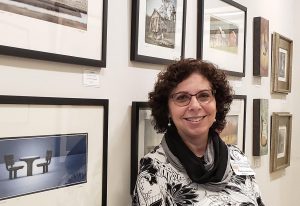
I begin by printing the image in black and white. I then paint selected areas with PanPastels, using brushes and sponges. My technique results in a very soft, vintage look. I treat the image as a painting, paying particular attention to light and shadows, color, and contrast. Sometimes I add colored pencil for fine details. Completing one hand-painted photograph can take a few hours to a few weeks.
Another distinctive type of photograph you create is called a cyanotype. Could you explain what that is?
Cyanotype is an historic, hand-printed photographic process that is created through UV exposure. There’s no camera! It produces iconic blue and white prints and was originally invented for making blueprints. Cyanotype is a completely manual, unpredictable, and rewarding process that produces fascinating results!
How do you incorporate mixed media into your photographs?
My mixed media work blends my love of photography with the joy of creating one-of-a-kind, unique handmade art. My favorite technique is to print a photograph on delicate, translucent Japanese paper, and layer it over other papers to add color, pattern, and texture. Then, I’ll paint with acrylics or other media to get the desired effect.
Do you have a favorite photo?
One of my favorite photos is “Flight in Fog.” I just happened to catch a flock of geese taking off on a foggy winter morning over a marsh at Sunken Meadow and their line of flight was mirrored perfectly in the water below.
What is the most rewarding part about being a photographer?
It is so satisfying when my finished image is close to what I’ve envisioned. I also feel like my photographs are helping to preserve the memories of this area. When I was younger, I never dreamed that I would sell my photographs. I found it a challenge to do outdoor shows at first, but now I really enjoy talking about my artwork to people.
What kind of workshops do you offer?
I occasionally offer hand-painted photography workshops through Gallery North in Setauket. I’ve also been thinking about a phone photography workshop, or a photography class geared to artists. Stay tuned!
What are your future plans in photography?
Oh, lots of things! I’ve been getting more and more into hand-altered photographs, because I love creating one-of-a-kind pieces. I’d like to try photo-based collage, printing more on handmade paper, and also more solar plate printing.
Where can we see your work?
At the moment, I have work at the Long Island Museum and the Reboli Center in Stony Brook, Gallery North in Setauket, and the Alex Ferrone Gallery in Cutchogue. And just this week, the beautiful Long Island based Paumanok, Transition anthology featuring poems and photographs by Long Islanders was published with one of my photographs on the cover! The book is edited by the tireless and dedicated Kathaleen Donnelly and is currently available as an e-book on Amazon.

